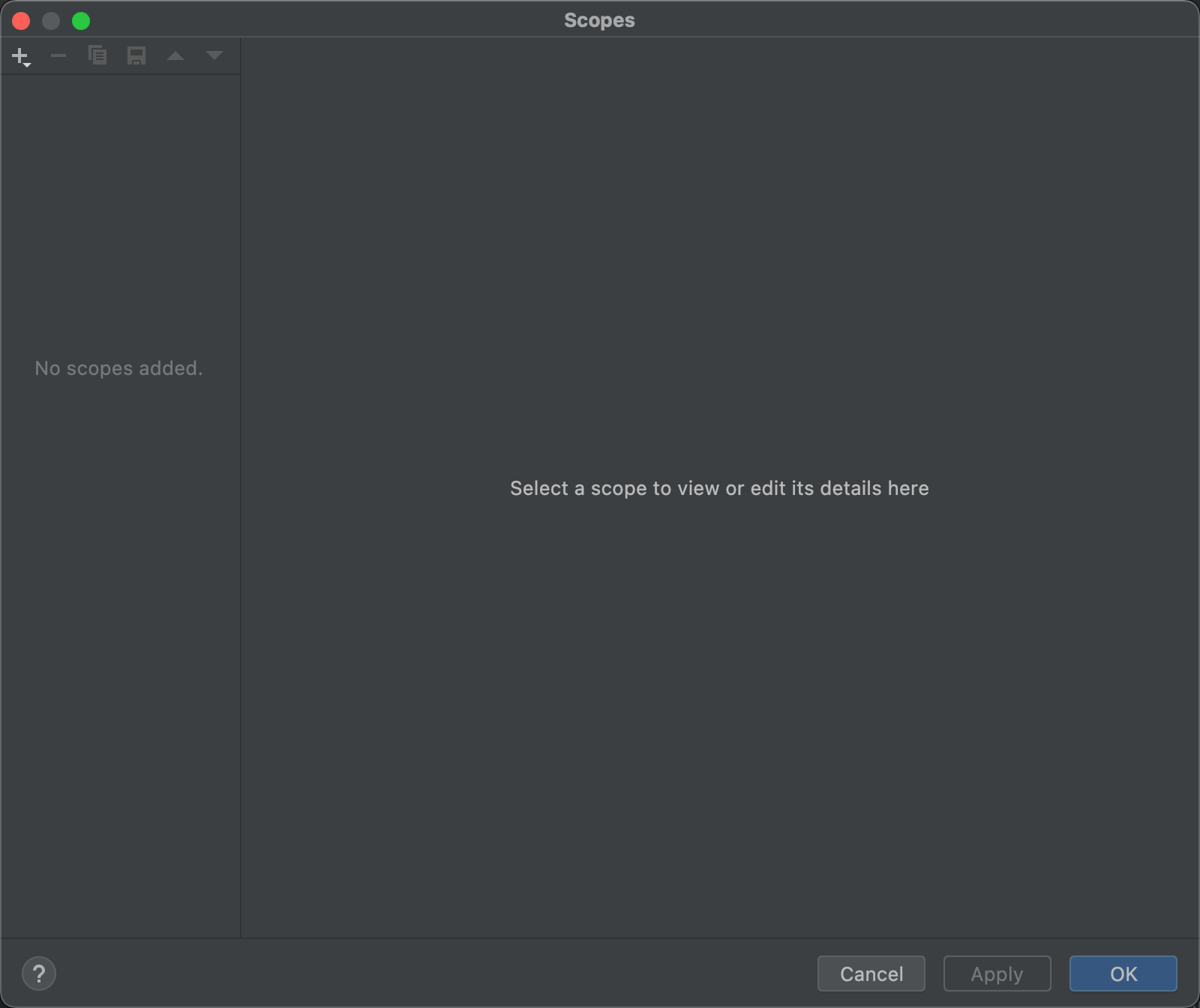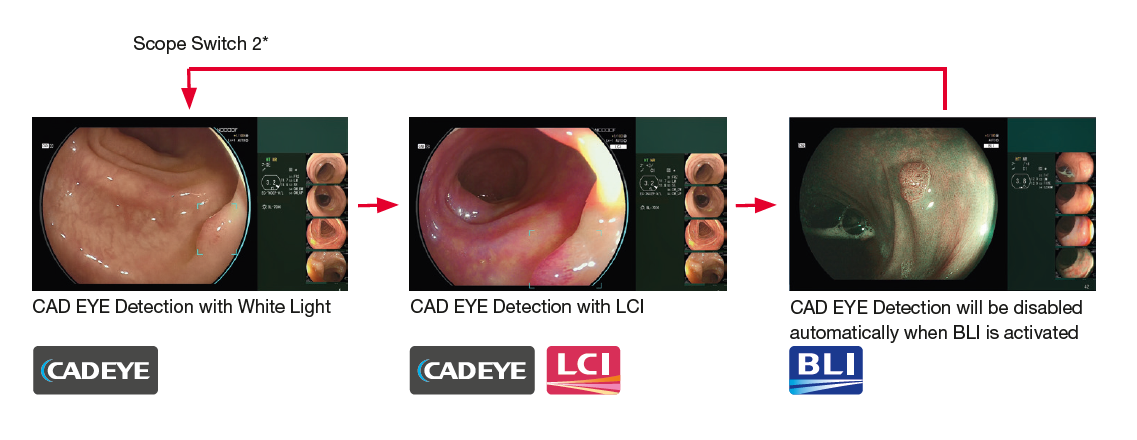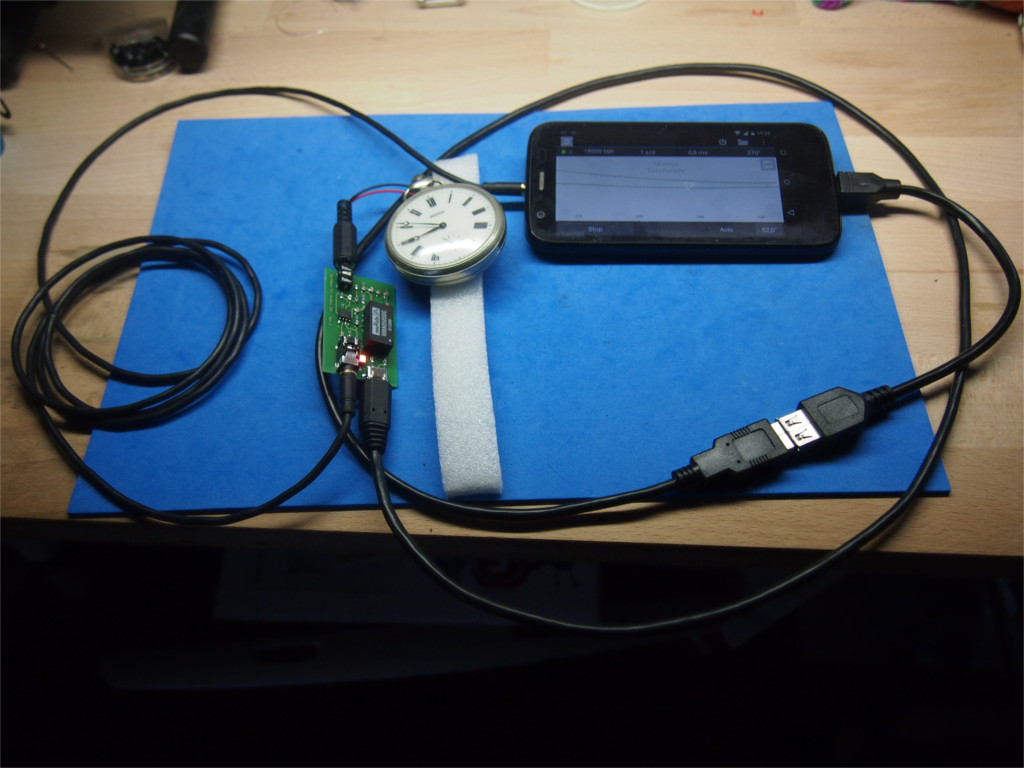- Watch-o-scope Activation Key Free
- Watch-o-scope Activation Key Download
- Watch-o-scope Activation Key
- Watch-o-scope Activation Key Code
- Watch-o-scope Activation Key Generator
- Activation Key Free
- Activation Key Download
Although it is very well cared for, it does not work. I have inspected and I think the problem is with a zener diode (BZY92C10). Or a pair of transistors that activate the solenoid that hits the cylinder with the helical track that prints the succession of points. The side tracks is rotate to match PCB 2 Is rotate o mirror to match. Welcome to the Software Installation center. Below you will find complete installation files for Spectrum Technologies software. Download the file below, and run it on your computer (in most cases, it will be in your 'Downloads' folder). Windows XP or later is required for all Spectrum software. If you have a Mac, you must use Bootcamp, VMWare. Mar 29, 2016 Download Watch-O-Scope. After downloading, follow the installation instructions in the Watch-O-Scope manual. Using Watch-O-Scope on Linux or Apple OS X. Although Watch-O-Scope was designed and implemented for Windows, it runs well under both Linux (X86 and X64 only) and Apple's OS X using Wine, the freely available Windows compatibility layer. Activate OWN GO for Roku, Apple TV, Fire TV, and Xbox. Included FREE with your TV Subscription!

Every request your application sends to the Drive API must include an authorization token. The token also identifies your application to Google.
About authorization protocols
Your application must use OAuth 2.0 to authorize requests. No other authorization protocols are supported. If your application uses Google Sign-In, some aspects of authorization are handled for you.
Watch-o-scope Activation Key Free
Authorizing requests with OAuth 2.0
All requests to the Drive API must be authorized by an authenticated user.
The details of the authorization process, or 'flow,' for OAuth 2.0 vary somewhat depending on what kind of application you're writing. The following general process applies to all application types:
- When you create your application, you register it using the Google API Console. Google then provides information you'll need later, such as a client ID and a client secret.
- Activate the Drive API in the Google API Console. (If the API isn't listed in the API Console, then skip this step.)
- When your application needs access to user data, it asks Google for a particular scope of access.
- Google displays a consent screen to the user, asking them to authorize your application to request some of their data.
- If the user approves, then Google gives your application a short-lived access token.
- Your application requests user data, attaching the access token to the request.
- If Google determines that your request and the token are valid, it returns the requested data.

Some flows include additional steps, such as using refresh tokens to acquire new access tokens. For detailed information about flows for various types of applications, see Google's OAuth 2.0 documentation.
Here's the OAuth 2.0 scope information for the Drive API:
| Scope | Meaning | Usage |
|---|---|---|
https://www.googleapis.com/auth/drive.appdata | Allows access to the Application Data folder. | Recommended |
https://www.googleapis.com/auth/drive.file | Per-file access to files created or opened by the app. File authorization is granted on a per-user basis and is revoked when the user deauthorizes the app. | Recommended |
https://www.googleapis.com/auth/drive.install | Special scope used to let users approve installation of an app, and scope needs to be requested. | Recommended |
https://www.googleapis.com/auth/drive.apps.readonly | Allows read-only access to installed apps. | Sensitive |
https://www.googleapis.com/auth/drive.metadata | Allows read-write access to file metadata (excluding downloadUrl and thumbnail), but does not allow any access to read, download, write or upload file content. Does not support file creation, trashing or deletion. Also does not allow changing folders or sharing in order to prevent access escalation. | Restricted |
https://www.googleapis.com/auth/drive | Full, permissive scope to access all of a user's files, excluding the Application Data folder. | Restricted |
https://www.googleapis.com/auth/drive.activity | Allows read and write access to the Drive Activity API. | Restricted |
https://www.googleapis.com/auth/drive.activity.readonly | Allows read-only access to the Drive Activity API. | Restricted |
https://www.googleapis.com/auth/drive.readonly | Allows read-only access to file metadata and file content. | Restricted |
https://www.googleapis.com/auth/drive.metadata.readonly | Allows read-only access to file metadata (excluding downloadUrl and thumbnail), but does not allow any access to read or download file content. | Restricted |
https://www.googleapis.com/auth/drive.scripts | Allows access to Apps Script files. | Restricted |
Where:
Recommended - These scopes provides the smallest scope of authorizationaccess and does not require any app verification or security assessment.
Sensitive - These scopes allow access to Google User Data and require asensitive scope verification process. For information on this requirement, seeGoogle API Services: User Data Policy.These scopes do not require a security assessment.
Restricted - These scopes provide wide access to Google User Data andrequire you to go through a restricted scope verification process. For informationon this requirement, see Google API Services: User Data Policyand Additional Requirements for Specific API Scopes. If you store restricted scope data on servers (or transmit),then you need to go through a security assessment.
Save refresh tokens in long-term storage
You must save refresh tokens in secure long-term storage and continue to use them aslong as they remain valid. All Drive apps should treat all 'Create New' and 'Open with'events like potential logins.
For more details, see Handle Create New and Open With events.
The next section helps you to determine what scopes to use and where to go ifyou need verification or a security assessment.
Select scopes for a new app
When your app is installed, a user is asked to validate the scopes used by the app.Generally, you do not want users to have to decide to validate use of restricted scopes.So, when possible, use 'recommended' scopes as they narrow access to specificfunctionality needed by an app. In most cases, providing narrow access meansusing the https://www.googleapis.com/auth/drive.file per-file access scope.
There are only two types of apps where use of restricted scopes might be permitted:
Use of restricted scopes might be permitted for native and web apps thatprovide local sync or automatic backup of users’ Drive files.
Use of restricted scopes might be permitted for productivity and educationalapplications whose user interface might involve interaction with Google Drive.For example, if your app is a chat app that allows a user to paste Drive URL ina discussion, restricted scopes might be permitted. Productivity applicationsinclude task management, note taking, workgroup communications, and classroomcollaboration applications.
If you believe your app requires a restricted scope, refer toRequest restricted scope verification and security assessment.
If you believe your app requires a sensitive scope, refer toHow do I submit for verification?.
Note: If you are creating a Google Drive app for use only within your company,you can use restricted scopes without requiring a restricted scope verificationand security assessment. Your administrator has control of your users’apps and has the ability to whitelist apps as needed for your business. For moredetails about whitelists, see Whitelist connected apps.Request restricted scope verification and security assessment
For apps using restricted scopes, a restricted scope verificationmust be performed to comply with theGoogle API Services: User Data PolicyandAdditional Requirements for Specific API Scopes.
If you store restricted scope data on servers (or transmit), then you need to gothrough a security assessment. To ensure confidentiality of your application,Google uses third-party vendors to conduct the security assessment.
Watch-o-scope Activation Key Download
To request a restricted scope verification, see How do I submit for verification?.
Upon passing the restricted scope verification, you are sent an email withthird-party security assessors who you can use to perform your securityassessment.
For frequently asked questions about restricted scope verification and thesecurity assessment, refer to OAuth API Application Verification FAQ.
Note: If your app does not get approved by the restricted scope verification orsecurity assessment, it is subject to the user cap. For more details,see Unverified Apps.Migrate an existing app to a recommended scope
If your app currently uses full Drive scopes, and you want to limit therange of authorization for your app users, you can update your app to use thehttps://www.googleapis.com/auth/drive.file recommended scope.
If you've developed a Drive app that uses any of the restricted scopes, werecommend migrating your app to use drive.file scope. This scope enablesusers to select the specific files from Google Drive, and through the GooglePicker, that they want to allow your app to access. Apps that use thedrive.file scope are not required to go through the restricted scopeverification and third-party security assessment.
Many apps work with per-file access without any changes. If you are currentlyusing your own file picker, we recommend switching to theGoogle file picker which fully supports thedrive.file scope.
Add scopes to access other Google APIs
Watch-o-scope Activation Key
If your app requires access to any other Google APIs, you can addthose scopes as well. For more information about Google API scopes,seeUsing OAuth 2.0 to Access Google APIs.
To request access using OAuth 2.0, your application needs the scope information, as well asinformation that Google supplies when you register your application (such as the client ID and theclient secret).
Tip: The Google APIs client libraries can handle some of the authorization process for you. They are available for a variety of programming languages; check the page with libraries and samples for more details.

Watch-o-scope Activation Key Code
Authenticate users
Use OAuth 2.0 and Google's identity APIsto authenticate new and existing users. Whenever you can avoid it, don'trequire users to create new passwords for your application.
Handle Create New and Open With events
All Drive apps should treat all 'Create New' and 'Open with' events likepotential logins. Some users may have multiple accounts. If the user ID inthe state parameter does not match the current session, you may need to endthe current session for your app and log in as the requested user.
Watch-o-scope Activation Key Generator
Handle declined access requests
Users can click No Thanks in the OAuth dialog to decline your app access totheir files. If a user declines access, catch the access_denied string in thequery parameter error and display a user-friendly response. For example,you could present a friendly parting message with a link to your privacy policyand a meaningful explanation of why your app needs certain information. You canalso provide a link back to the OAuth flow.
Perform Google Workspace Domain-Wide Delegation of Authority
Activation Key Free
In enterprise applications you may want to programmatically access users datawithout any manual authorization on their part. InGoogle Workspace domains, thedomain administrator can grant to third party applications domain-wide accessto its users' data — this is referred as domain-wide delegation ofauthority. To delegate authority this way, domain administrators can useservice accounts with OAuth 2.0.
 Warning:
Warning:Activation Key Download
Service accounts should only be used for performing delegationwhere the effective identity is that of an individual user in a domain. Usingthe service account as a common owner to create many shared documents can havesevere performance implications. Additionally, service accounts may notacquire additional storage quota, nor do they act as members of a domain.For additional detailed information, see Using OAuth 2.0 for Server to Server Applications